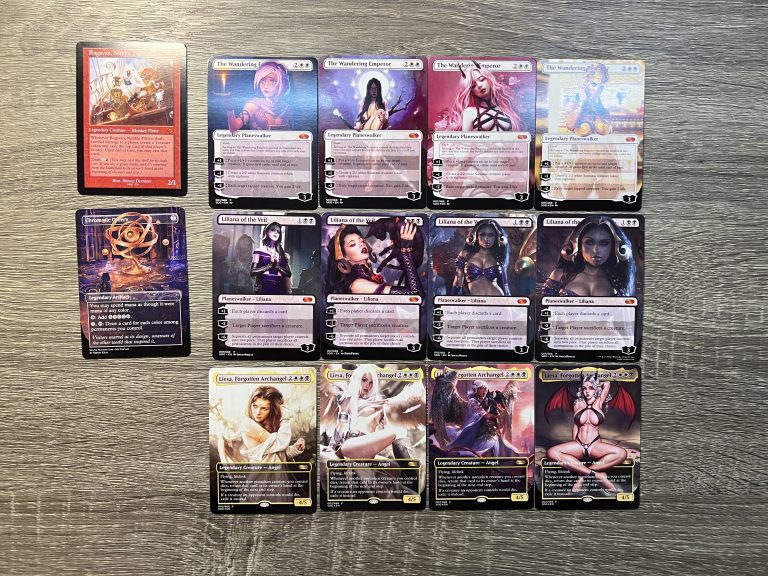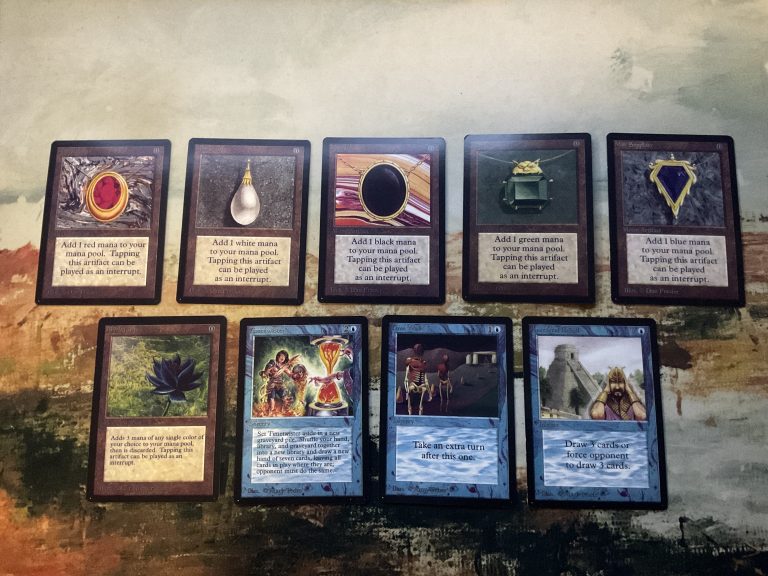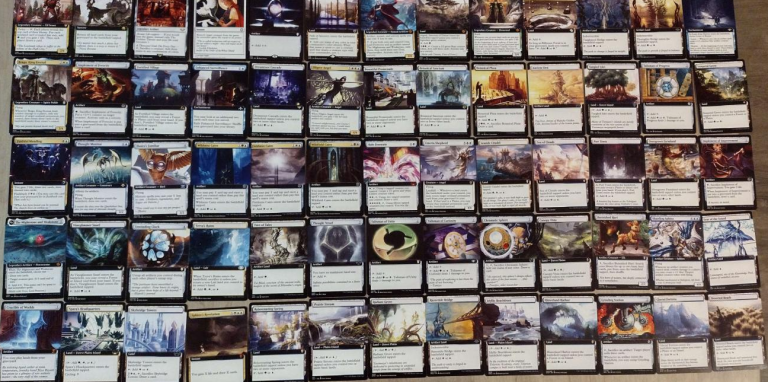Introduction:
As a Magic: The Gathering (MTG) player, you might be interested in creating your own MTG proxies. MTG proxies are cards that are printed to resemble official MTG cards, but they are not authorised by Wizards of the Coast, the company that produces MTG. Proxies are used to play with cards that are too expensive or rare to obtain. In this article, we will provide you with a step-by-step guide on how to make your own MTG proxies using DIY tips and tricks.

What are MTG Proxies?
MTG proxies are copies of MTG cards that players use to replace the official cards in a deck. Proxies are typically used to play with cards that are too expensive or rare to obtain, or to playtest new decks before purchasing the official cards. Proxies can be created by printing images of the cards on paper and then putting them in card sleeves with a backing card to give them some weight and durability. MTG proxies can also be created using other methods, such as hand-drawing the cards, using stickers or printing directly onto the card sleeves.
Benefits of Making Your Own MTG Proxies
There are several benefits to making your own MTG proxies. First, it can be a cost-effective alternative to purchasing the official cards. Second, it allows players to test out new deck ideas before investing in the actual cards. Lastly, it can be a fun and creative DIY project for MTG players.

Materials Needed for Making MTG Proxies
To make MTG proxies, you will need a few basic materials:
- Printer: You will need a printer to print the images of the cards onto paper. An inkjet or laser printer will work, but a laser printer is generally better because the images will be more vibrant and less likely to smudge.
- Card sleeves: You will need clear card sleeves to put the printed images into. Make sure the card sleeves are the correct size for MTG cards (2.5 x 3.5 inches).
- Paper: You will need high-quality paper to print the card images onto. Regular printer paper will work, but a thicker cardstock or photo paper will provide better quality images.
- Scissors or paper cutter: You will need to cut the printed images to size to fit into the card sleeves.
- Backing card: You will need a piece of cardboard or other heavy paper to put behind the printed image in the card sleeve. This will give the proxy some weight and durability.
- Step-by-Step Guide on Making MTG Proxies
- Choose the cards you want to make proxies of: Choose the MTG cards you want to make proxies of and find high-quality images of them online. You can use websites like Gatherer or Scryfall to find card images.
- Print the images onto paper: Once you have found the card images, print them onto the high-quality paper using your printer. Make sure the images are centred on the paper and print them at the correct size to fit into the card sleeves.
- Cut the printed images to size: Once the images are printed, cut them to size using scissors or a paper cutter. Be careful to cut them accurately so they fit into the card sleeves correctly.
- Insert the images into card sleeves: Slide the cutout card images into the card sleeves, making sure they are centred and straight.
- Add a backing card: Place the cardboard or heavy paper behind the card image in the card sleeve. This will give the proxy some weight and durability, making it feel more like an actual card.
How to Print MTG Proxies
When printing Proxies MTG, there are a few things to keep in mind to ensure that the images look good and are of high quality.
- Use a high-quality printer: Use a high-quality printer that can produce vibrant, accurate colours. Laser printers are generally better than inkjet printers for this purpose.
- Use high-quality paper: Use high-quality paper to print the images onto. A thicker cardstock or photo paper will provide better quality images than regular printer paper.
- Adjust the printer settings: Adjust the printer settings to ensure that the images are printed at the correct size and are centred on the paper.

How to Avoid Getting Caught While Using Proxies
Using proxies in official tournaments is not allowed, but they can be used in casual play. To avoid getting caught while using proxies, here are some tips:
- Use proxies only in casual play: Use proxies only in casual play with friends or at home. Do not use them in official tournaments or events.
- Make the proxies look realistic: Make the proxies look as realistic as possible, so they are not easily distinguishable from official cards . Use high-quality images, and consider adding a backing card to give the proxy some weight and durability.
- Be transparent about using proxies: Let your opponents know that you are using proxies before the game starts. This will avoid any confusion or misunderstandings during the game.
- Use proxies sparingly: Use proxies sparingly, and only when you cannot afford the official cards. Using too many proxies can be seen as unfair or unsportsmanlike.
Conclusion
In conclusion, making your own MTG proxies can be a great way to enjoy the game without breaking the bank. By using high-quality card stock, printing techniques, and taking the time to ensure that your proxies look and feel like official cards, you can enjoy playing with some of the most powerful and expensive cards in the game. However, it’s important to remember that Proxies should only be used for casual play and playtesting purposes. Using proxies in official tournaments or events is against the rules and can result in disqualification or other penalties. Overall, creating your own MTG proxies can be a rewarding and cost-effective way to enjoy the game. By following the tips and tricks outlined in this article, you can make your own proxies that look and feel like official cards. So why not give it a try and see how much fun you can have with your own DIY proxies?
FAQS:
MTG proxies are not officially sanctioned by Wizards of the Coast, the creators of the game, and are therefore not legal for use in official tournaments or events. However, they are often used for casual play and playtesting purposes.
Yes, you can make your own MTG proxies at home using high-quality card stock and a printer. By following the tips and tricks outlined in this article, you can create proxies that look and feel like official cards.
Selling MTG proxies is a legal grey area, as it can be seen as copyright infringement. It is generally not recommended to sell proxies, as it can lead to legal issues and damage the reputation of the MTG community.
To make your proxies look more authentic, use high-quality images, card stock, and printing techniques. Consider adding a backing card or using card sleeves to give your proxies more weight and durability.
No, the use of proxies in official MTG tournaments is against the rules and can result in disqualification or other penalties. Proxies should only be used for casual play and playtesting purposes.
 Custom Gallery
Custom Gallery Proxy Booster
Proxy Booster Discord
Discord